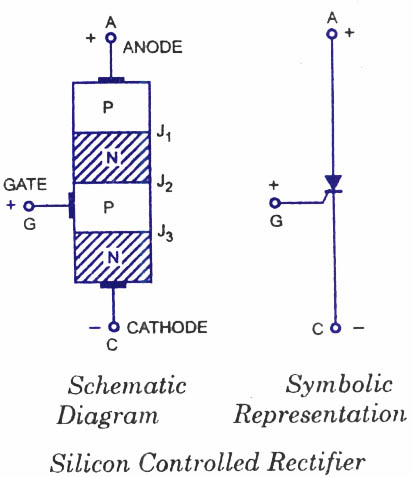Nice circuit Bro Mickey
Just want to know what is the crow bar circuit function.....???
My target is to use less solar panel in my house and apply ur circuit with sssg
so i m following ur design development ....... thanks
Just want to know what is the crow bar circuit function.....???
My target is to use less solar panel in my house and apply ur circuit with sssg
so i m following ur design development ....... thanks



 of course being
of course being










Comment